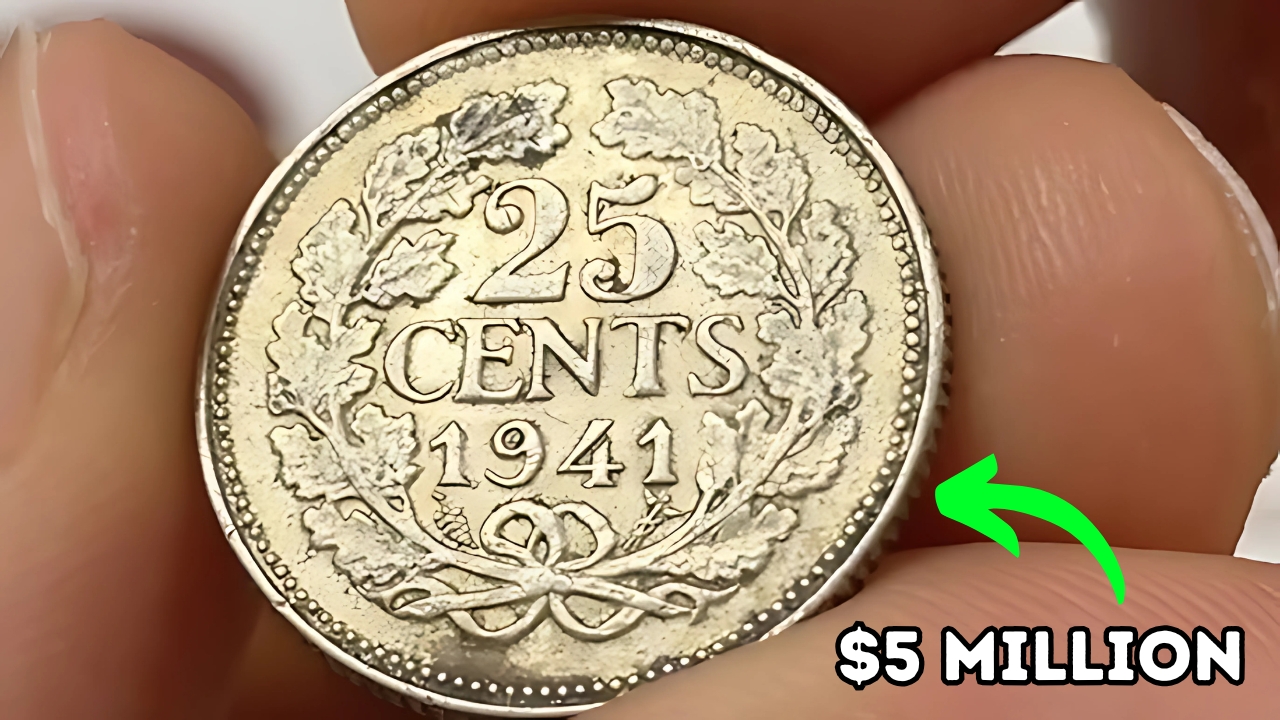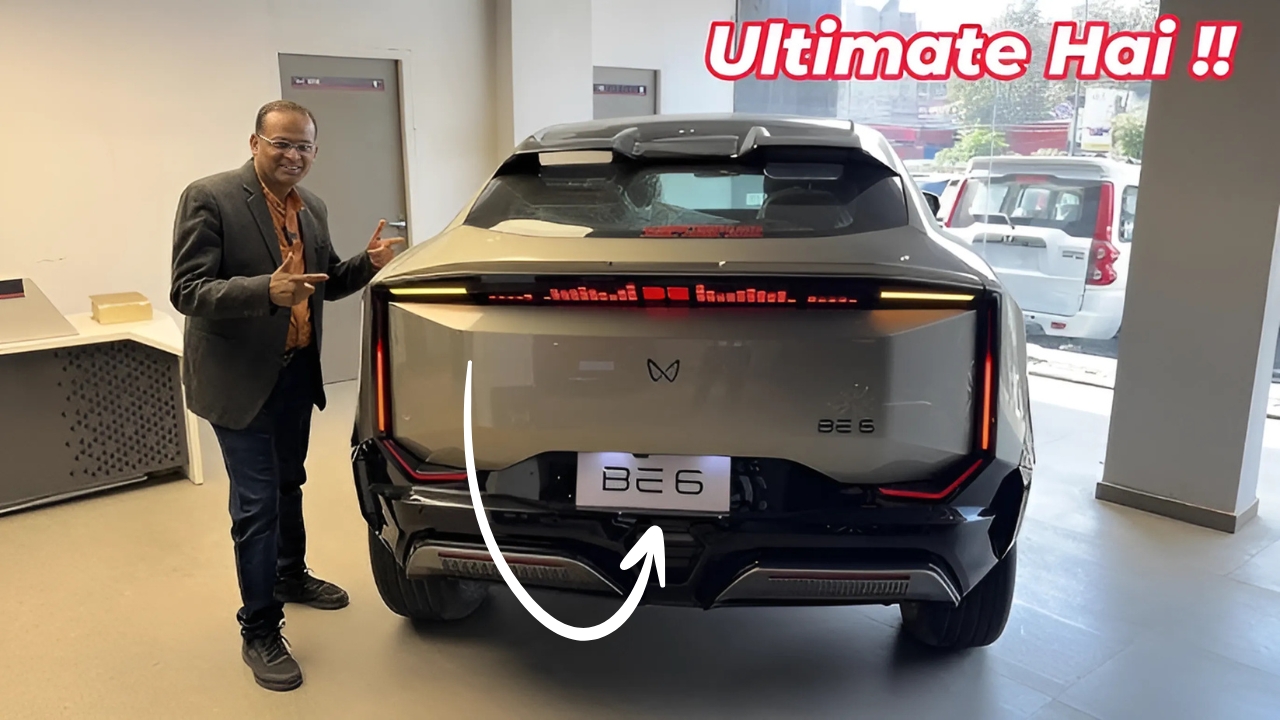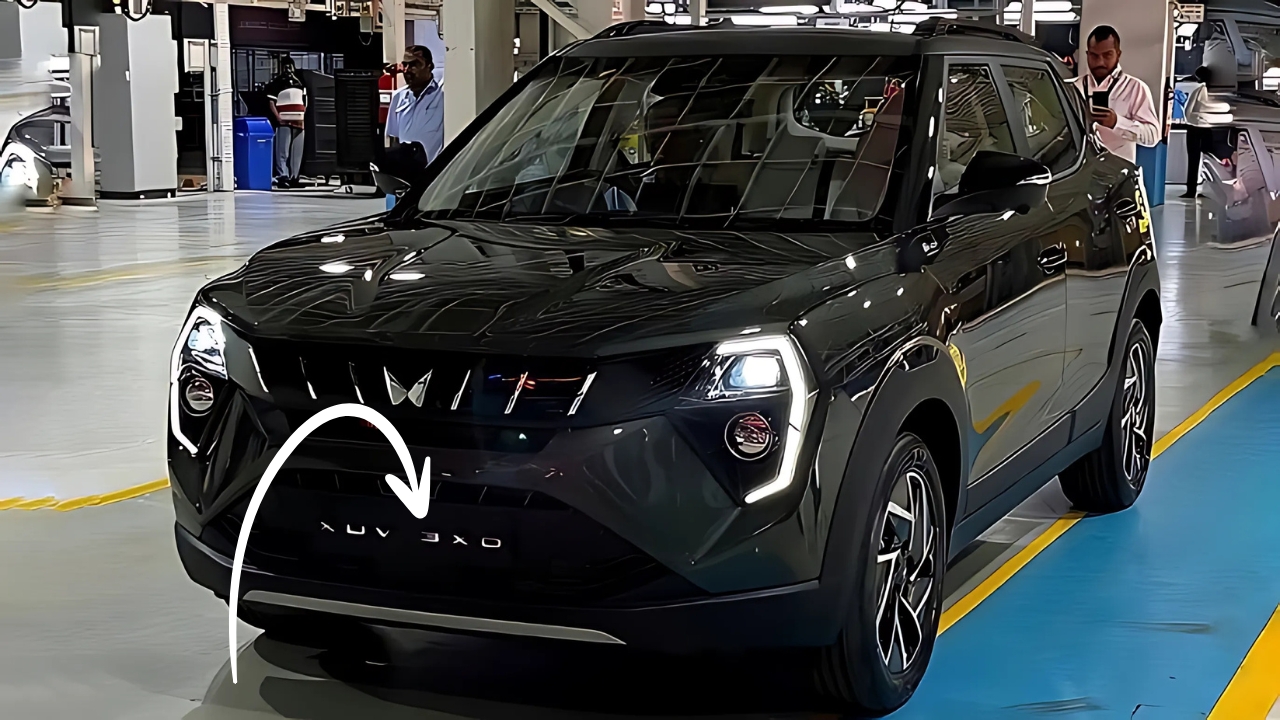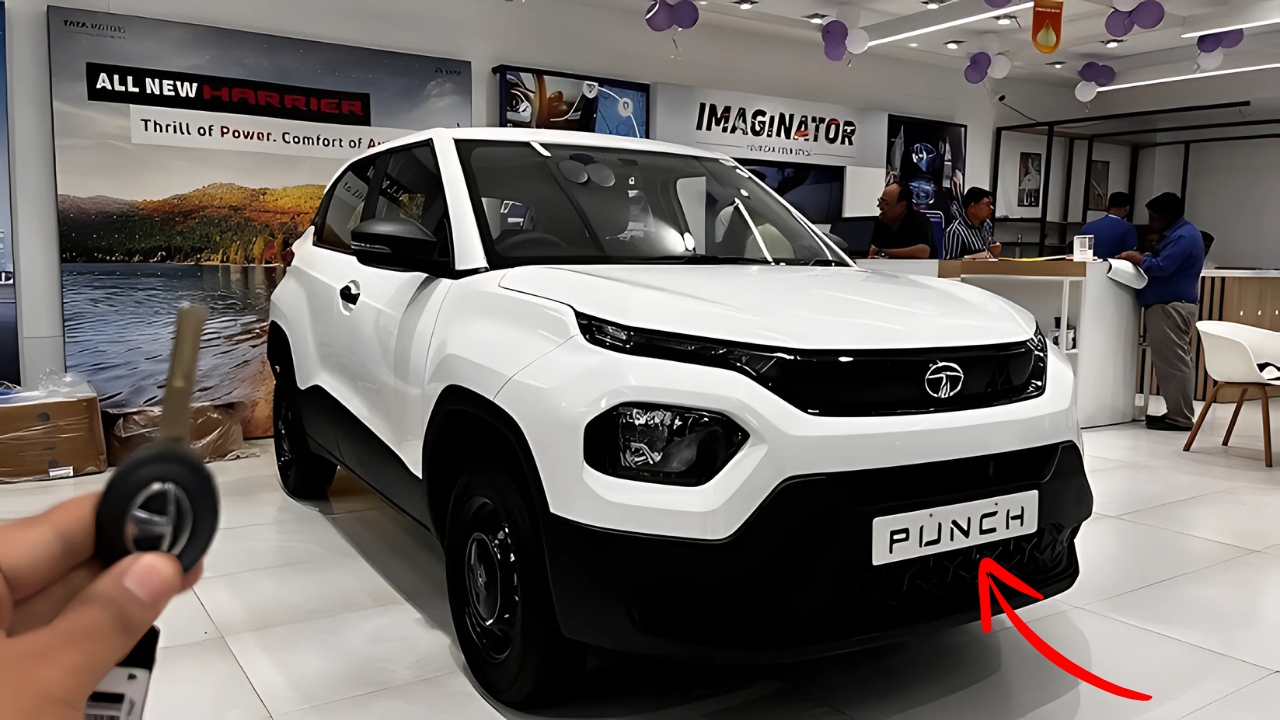10 Rare Dimes: Step into the captivating universe of coin collecting, where certain coins are cherished not just for their history, but for their incredible monetary worth.
Today, we will explore the intriguing world of rare dimes and bicentennial quarters, highlighting ten exquisite coins that together could amass a mind-boggling value of $75 million.
These dimes are much more than mere coins; they are miniature time machines, each carrying a unique narrative and a price that might astonish you.
Let’s begin our journey with the ultimate rare dime—the 1894-S Barber Dime. With just 24 coins minted and only a handful thought to be still in existence, this dime is a true icon in the world of numismatics.
Legend has it that John Daggett, the Superintendent of the San Francisco Mint, had these coins produced as gifts for his banker friends, including a few for his daughter.
The tale goes that she used one of these dimes to buy ice cream! Presently, an 1894-S Barber Dime in decent condition can command upwards of $2 million at auction.
-
The 1916-D Mercury Dime: A First-Year Rarity
Next on our list is the 1916-D Mercury Dime. Minted in Denver during the inaugural year of the Mercury series, this coin has become a collector’s favorite.
With only 264,000 produced, it’s considered the pivotal date of the entire series. In pristine condition, these dimes can sell for over $100,000.
-
The 1942/1 Mercury Dime Overdate: A Wartime Mistake
Amid the turbulence of World War II, an unusual mistake unfolded at the Philadelphia Mint. Some 1942 dimes were accidentally struck with dies that were initially engraved with the 1941 designation but later altered to 1942.
The outcome? An apparent “1” below the “2” on the date. These overdate dimes, especially those in fine condition, can command tens of thousands of dollars.
-
The 1975 No S Proof Roosevelt Dime: A Modern Rarity
Fast forward to the 1975 No S Proof Roosevelt Dime. This modern rarity emerged when proof dies meant for the San Francisco Mint mistakenly lacked the “S” mint mark.
With only two of these known to exist, it stands as one of the rarest modern U.S. coins, having sold at auction for an impressive $456,000 in 2019.
-
The 1968 No S Proof Roosevelt Dime: Another Mint Mark Mishap
Just like its 1975 relative, the 1968 No S Proof Roosevelt Dime stems from a mint mark error. These coins were inadvertently released in proof sets without the “S” mint mark.
Although there are more of these compared to the 1975 version, they remain exceptionally rare and can reach prices in the tens of thousands.
-
The 1976 Bicentennial Quarter: Not Just Your Average Quarter
Let’s pivot to the bicentennial quarters. While the majority of 1976 quarters rolling in your change are not worth more than their face value, some extraordinary examples fetch significant sums.
The typical 1976 quarter sports a design featuring a colonial drummer boy by Jack L. Ahr, celebrating America’s 200th birthday.
-
The 1976-S Silver Proof Bicentennial Quarter: A Shiny Celebration
Special silver proof versions of the bicentennial quarter were minted at the San Francisco Mint. These coins, struck in 40% silver, boast a stunning finish.
While they are not as rare as some of the dimes previously mentioned, high-quality specimens can still fetch several hundred dollars.
-
The 1976 Bicentennial Quarter on Dime Planchet: A Mint Mistake
One of the rarest and most sought-after errors among bicentennial quarters is the quarter design mistakenly struck on a dime-sized planchet.
This significant mint error results in a quarter design being displayed on a smaller, thinner coin. Such rarities can sell for thousands when they hit the market.
-
The 1976-D Bicentennial Quarter with Doubled Die Obverse: Double the Fun
Doubled die errors occur when a coin die receives an extra impression during its process of creation.
The 1976-D Bicentennial Quarter exhibits noticeable doubling on the date and lettering on the obverse.
While not as valuable as other coins listed, these can still be priced in the hundreds or even thousands if in excellent condition.
-
The Elusive 1976 Aluminum Bicentennial Quarter: The One That Got Away
To conclude our exploration, we have a coin that, by official accounts, does not exist—the 1976 Aluminum Bicentennial Quarter. In the mid-1970s, as the cost of copper escalated, the U.S. Mint experimented with alternative materials, including aluminum.
Though patterns were struck, the venture was ultimately abandoned. Should a genuine 1976 aluminum quarter ever surface (and be legal to own), it could be worth millions.
10 Rare Dimes: The Thrill of the Hunt
Now you might wonder, “Where can I find these treasures?” The reality is that most of these coins are tucked away in private collections or displayed in museums.
That said, the charm of coin collecting lies in the unexpected discoveries. Remarkable finds have been unearthed in old piggy banks, inherited collections, and even everyday pocket change.
Here are some helpful tips for budding rare coin hunters:
-
Educate yourself: Familiarize yourself with coin grading, mint marks, and significant dates for various series.
-
Invest in good equipment: A quality magnifying glass or loupe is essential for closely examining coins.
-
Join a coin club: Network with other enthusiasts and gain insights from their experiences.
-
Attend coin shows: Such events provide a wonderful opportunity to view rare coins firsthand and connect with dealers.
-
Be patient: Assembling a valuable collection requires time and dedication.
10 Rare Dimes: The Value Beyond the Price Tag
While we’ve highlighted the monetary values of these coins, it’s crucial to recognize their worth extends beyond mere dollars.
These small metal discs serve as tangible links to our history. The 1894-S Barber Dime allows us to peer into the economic climate of the late 1800s.
The bicentennial quarters remind us of the pride and excitement that filled the nation during its 200th anniversary celebrations.
For many collectors, the delight comes not just from potential financial gain but from the thrill of the hunt, the satisfaction of completing a collection, and the historical connection that each coin embodies.
Every coin narrates a story — of the people who minted it, the economy it traveled through, and the many hands it passed through before becoming part of a collection.
10 Rare Dimes: The Future of Coin Collecting
As we gaze into the future, the field of numismatics continues to transform. Digital advancements make it simpler than ever to research, authenticate, and trade coins.
Virtual collections and blockchain-based ownership systems are on the rise. Yet, the allure of holding a physical coin remains intact.
Moreover, the creation of new rarities never ceases. Mint errors, limited runs, and special commemorative issues ensure a consistent supply of fresh finds for collectors.
Who knows? That quarter in your pocket today could become the next highly sought-after rarity tomorrow.
10 Rare Dimes Conclusion: More Than Just Loose Change
The next time you receive coins in change, take a moment to genuinely examine them. While discovering a million-dollar rarity might be unlikely, the potential does exist.
And even if you don’t hit the jackpot, you might cultivate a deep appreciation for the artistry, history, and craftsmanship embedded in each coin.
Remember, every remarkable collection commences with a single coin. Whether you are an experienced numismatist or merely curious about the value of old coins, the universe of rare dimes and quarters promises endless excitement.
So keep your eyes peeled, your magnifying glass ready, and who knows? You could very well be the one to uncover the next great numismatic treasure.
Ultimately, whether it’s a rare 1894-S Barber Dime valued in the millions or a familiar bicentennial quarter, every coin signifies a slice of history you can hold.
And therein lies the genuine worth of coin collecting—the connection it fosters with our collective past and the narratives it enables us to share with generations to come.






